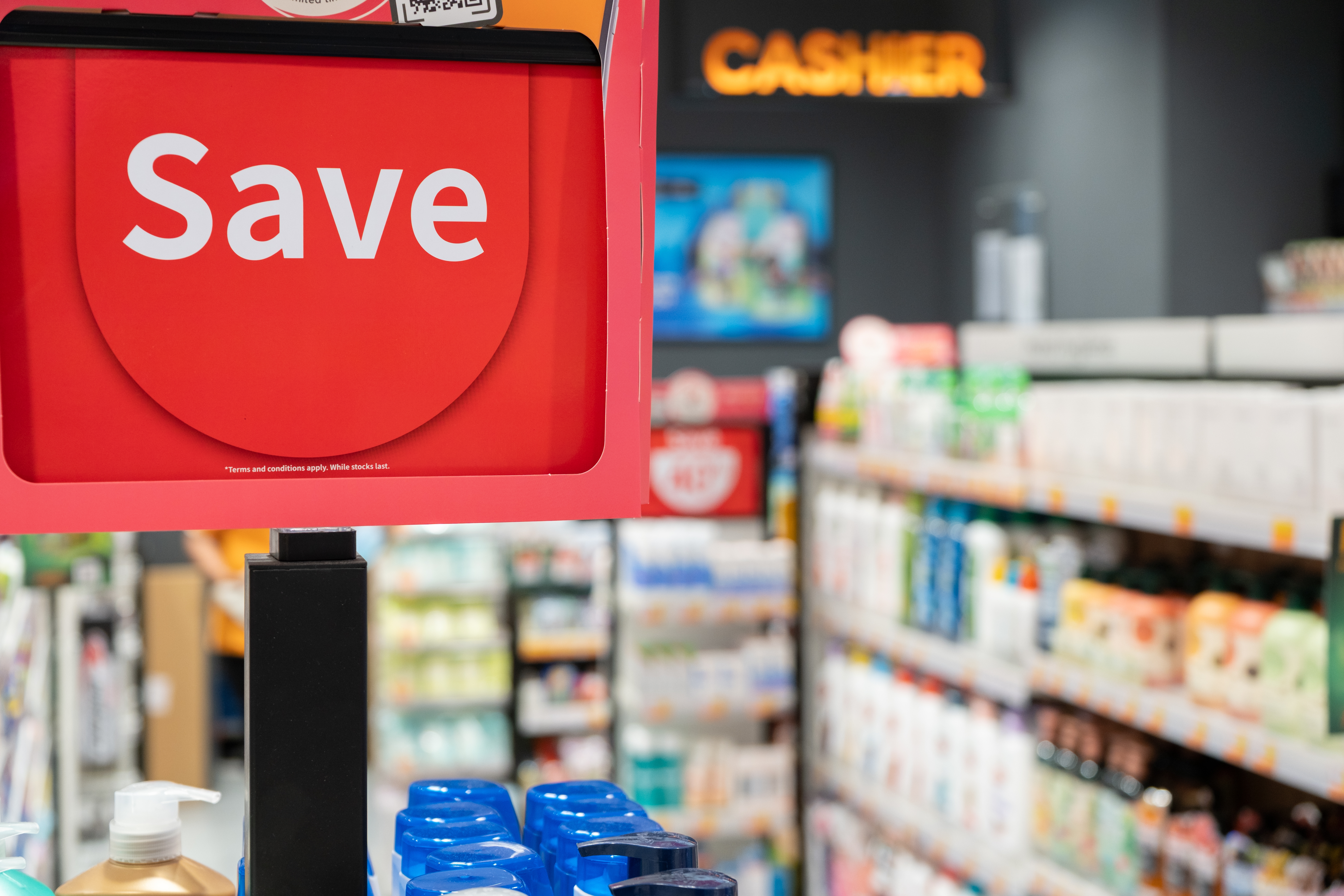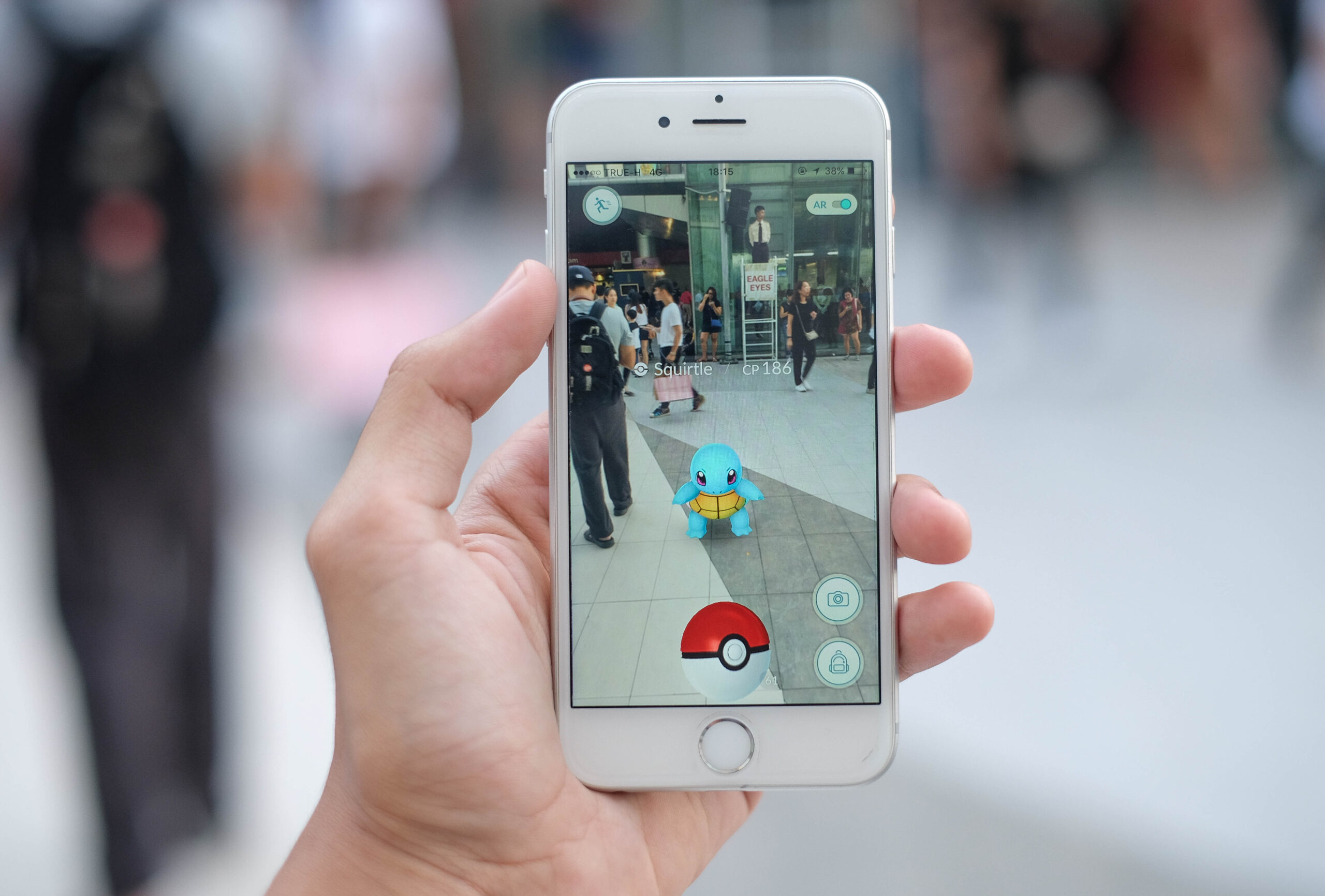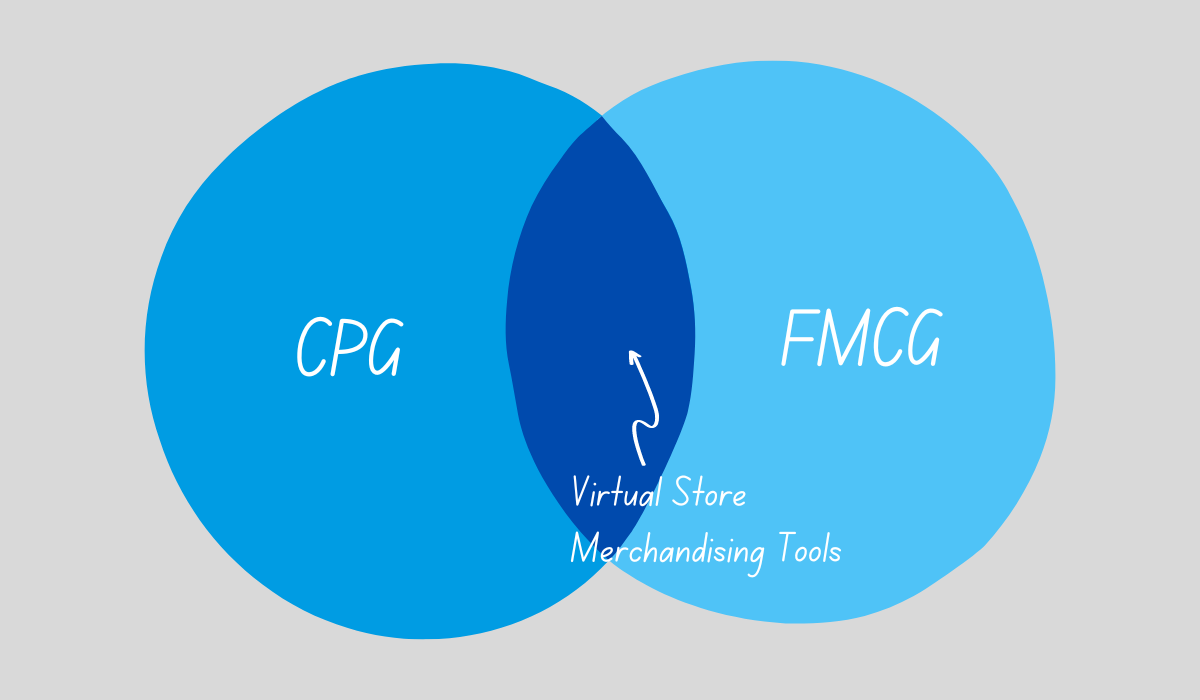Every merchandising strategy is designed to boost sales and enhance the customer experience, but hidden risks may be silently eating into your profits. Even the best-thought-out plans can contain overlooked issues such as poor product placement and outdated displays that limit your strategy’s success. These seemingly minor flaws can add up quickly, costing you money and customer loyalty. The good news? Advanced retail merchandising software can help you uncover and fix these risks. Read on to discover how you can protect your bottom line and maximize your merchandising potential.
Understanding Hidden Risks and Why They’re Often Overlooked
Many companies aren’t fully aware of inefficient uses of space, outdated planograms, and other risks. Yet inefficiencies such as placing high-margin products in low-traffic areas or failing to keep up with customer behavior trends can slowly chip away at your profitability.
So why are these risks so often overlooked? The answer is simple: Without visibility into how your strategy will perform, it’s easy to rely on outdated assumptions and manual processes. Historical data may have informed past decisions, but without the right software to analyze customer behavior, your strategy could fall behind the times. What’s more, inconsistent brand messaging, mismanaged inventory, and outdated planograms can go unnoticed in the hustle of day-to-day operations. The good news? These issues can be uncovered and fixed with advanced retail merchandising solutions, helping you to course-correct and prevent small risks from turning into bigger problems.
The Hidden Risks on Your Shelves
Poor inventory management can also contribute to this issue. Imagine stocking up on a popular product but placing it in a low-traffic area of the store; you risk losing visibility and valuable sales opportunities. This kind of underperformance on the shelves leads to unsatisfied customers and weakens your brand identity, as your product isn’t seen when or where it’s most relevant to shoppers.
The Hidden Risks in Your Displays and Signage
Is your display noticed, understood, and driving sales?
A well-crafted display can be the difference between attracting customers to a specific product and watching them walk right by. In retail stores, unlike with an e-commerce merchandising strategy, you can’t rely on pop-ups or product pages—your physical presence has to do the work. For instance, imagine a store featuring a bold, minimalistic display for high-end tech gadgets, but the signage lacks clear pricing or product details. Without this essential information, passersby might quickly lose interest, resulting in lost foot traffic despite the striking design.
If your display isn’t clearly communicating the product’s value or intended purpose, you’re likely losing out on sales. Are you using high-quality visuals that match your brand’s aesthetic? Does the signage speak to your target audience in a way that engages them, like offering a solution to a common problem? A poorly executed display might not only fail to drive foot traffic but could also diminish brand loyalty by confusing or disengaging customers, as they may feel misled or frustrated by unclear messaging.
The Hidden Risks in Introducing New Products
Where do shoppers expect to find your new product? What does it do for the category?Rolling out a new product is exciting, but if shoppers can’t easily find it in-store, it will gather dust instead of driving sales. Imagine launching a new skincare line, but instead of placing it near popular complementary items like cleansers and moisturizers, it gets lost in the pharmacy section. Shoppers expecting to find skincare products alongside other beauty offerings may miss it entirely, leading to lower visibility and missed sales.
When you introduce products into your merchandising strategy, you have to consider their placement carefully. Should they be featured prominently at the front to catch attention? Should they be placed near complementary products, such as displaying new workout gear near fitness supplements to encourage cross-selling? The success of a new item hinges on your ability to meet shopper expectations. Missing the mark here, like placing a trendy new fashion accessory in an unrelated section, could not only lead to slower sales but also negatively affect the performance of surrounding products by creating a disjointed shopping experience.
The Hidden Risks in Package Design
Which package is noticed, is liked, and results in purchases?
In a retail store, product images and packaging play an even more critical role than in an online store. For instance, what if a company launches a new organic snack bar, but its packaging uses muted colors and generic fonts that fail to differentiate it from other health food products on the same shelf? Despite its superior ingredients, the product might be overlooked simply because it doesn’t stand out visually.
Does your packaging catch the eye on a crowded shelf? Does it resonate with your target audience, conveying the product’s unique benefits in a way that compels them to buy? If your design blends in with competitors’ products or doesn’t effectively communicate the product’s value—such as highlighting organic certification or unique flavor profiles—a potentially high-performing item could dramatically underperform. If you fail to properly test how packaging influences customer decision-making, you risk underestimating its direct impact on retail sales, leaving your product unnoticed and unsold.
The Hidden Risks in Pricing
What is the impact of pricing on shoppers’ perception of value?
Pricing can make or break your strategy. Are you charging too much and scaring off customers? Or too little, leaving money on the table? In a physical store, unlike online shopping where price comparisons are immediate, customers rely heavily on their perception of value. Consider a luxury skincare product priced at a premium but displayed next to lower-cost alternatives with minimal differentiation in branding. This misalignment could cause shoppers to question the value of the higher-priced item, ultimately discouraging a purchase.
Shoppers’ perception of value can also be influenced by how pricing is presented—whether through strategic placement, signage, or even discounts on adjacent products. Strategic pricing can drive impulse purchases, increase the average order value, and improve overall customer satisfaction. Failing to leverage these tactics, such as pricing inconsistencies across similar products or unclear price tags, could lead to missed sales opportunities and reduced customer confidence, leaving you struggling to maximize your retail performance.
The Hidden Risks in Promotion
How do alternative promotional scenarios impact sales?
Your marketing strategies—whether limited-time offers or cross-promotions with complementary products—must be finely tuned to deliver results. But are you sure the promotions you run are actually converting browsers into buyers? Imagine running a “buy one, get one free” offer in-store on a popular item, but the same product is listed at full price on your website or social media platforms. This inconsistency can lead to confusion, causing customers to hesitate or question the deal’s authenticity.
Ensuring that in-store promotions align with your omnichannel approach is crucial. Customers should encounter consistent offers across social media, online retailers, and your physical store. If promotions aren’t synchronized, customers may feel disconnected or even misled, making them less likely to take advantage of deals. This misalignment can hurt conversion rates and undermine customer loyalty, especially when shoppers perceive the promotional strategy as inconsistent or unreliable.
The Hidden Risks in Store Flow
How do changes in store layout improve shoppers’ purchase behavior?
Shoppers naturally follow a path through your store, and the layout you choose directly impacts their experience. Think about a store where high-margin items, such as premium electronics, are positioned at the back while low-margin essentials crowd the front. This setup may cause shoppers to focus on lower-value products first, potentially missing out on more profitable sections of the store.
An optimized layout ensures you’re guiding customers toward high-priority areas, increasing their chances of interacting with key products. If shoppers become stuck in crowded aisles filled with low-margin items, frustration sets in, and you risk losing valuable sales opportunities. Retail merchandising software can help you analyze shopper behavior, allowing you to strategically place products, improve traffic flow, streamline checkout, and ultimately boost retail sales by enhancing the flow of your layout.
The Hidden Risks in Benchmarks
How do your virtual store research results stack up against years of comparable study data?
How do your virtual store research results stack up against years of comparable study data? Is your merchandising strategy based on solid research or outdated assumptions? Consider a retailer relying on sales data from five years ago to inform current product placements. Since then, customer preferences and demographics have evolved, leading to a mismatch between the store’s layout and what today’s shoppers are looking for. This outdated approach could result in missed opportunities to engage modern shoppers who expect more streamlined and personalized experiences.
Without regularly benchmarking your performance and updating your metrics, you could be missing valuable insights into how customer behavior and demographics have shifted. Virtual store research and qualitative analysis allow you to compare your merchandising techniques against up-to-date industry standards and avoid falling behind trends. This ongoing comparison is key to refining your strategy and ensuring that your physical store layout and approach are optimized for today’s target audience, keeping your business competitive in an ever-changing retail landscape.
The Hidden Risks in Research
How do shoppers truly feel about your product, the POG, the experience, etc.?
Numbers and metrics tell one side of the story, but qualitative research provides valuable insights into customer satisfaction, their perception of your product, and how they interact with your merchandising techniques. Picture a scenario where your sales data shows steady growth, but in-depth interviews or focus groups reveal that customers find your store’s layout confusing or the product packaging unappealing. Without this qualitative feedback, you may miss underlying issues that could eventually hurt sales and brand loyalty.
Are you factoring in the feelings and preferences of your customers? Relying solely on quantitative data may overlook these critical insights. By integrating qualitative data—like customer feedback on the shopping experience—you can fine-tune your merchandising strategy to address concerns and improve engagement. Missing out on this kind of research could mean that your retail business is ignoring key elements that affect sales, brand loyalty, and overall success.
The Hidden Risks in Impulse Purchases
What drives impulse purchase decisions?
Are you positioning the right complementary products near the checkout, or are you missing opportunities to boost average order value? Think about a grocery store where small, high-margin items like gourmet chocolates or seasonal snacks are placed near the checkout. These products often catch the attention of customers waiting in line, triggering spontaneous purchases that add to the overall transaction. Without these strategically placed items, the store may miss out on easy, last-minute sales.
Understanding the subtle triggers behind impulse purchases can help you capitalize on customer behavior in-store. The effective placement of limited-time offers, attention-grabbing displays, and strategically located cross-sell items are all key to capturing those spontaneous buys that significantly impact your bottom line. Misjudging these tactics—such as placing unrelated or high-cost items near checkout—can result in lower conversion rates and wasted retail display opportunities, leaving valuable sales untapped.
By asking these critical questions, you can uncover hidden risks in your merchandising strategy—and with the right tools, transform these risks into opportunities for growth.
How InContext’s Tools Help Uncover Hidden Risks
At InContext, we don’t believe in guesswork when it comes to your merchandising strategy. We know that the answers to driving retail success lie in the details of your strategy and the data that supports it. That’s why we focus not only on identifying what works, but also on uncovering the hidden gaps that could be holding you back. Through our advanced shopper insights, cutting-edge merchandising strategies, and new AI-powered solutions, we help you create a comprehensive plan that addresses both opportunities and risks. From simulating store layouts to testing planograms, we provide the tools you need to make informed, data-driven decisions that lead to real sales growth.
Partnering with InContext means you’ll have access to a full suite of solutions designed to optimize your merchandising strategy from every angle. Whether you’re looking to understand how store layouts impact shopper behavior or want to predict the success of a new planogram faster than ever before, we offer the technology and insights to make it happen. Don’t leave your merchandising strategy to chance—let us help you uncover the hidden risks and set your business up for success.
Contact InContext today to get started on building a smarter, more effective strategy that drives results.





